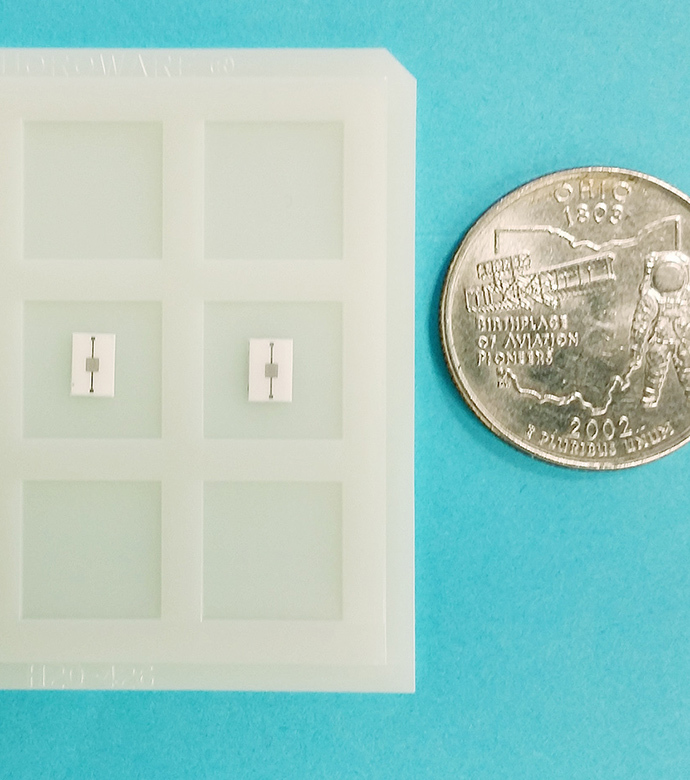Chemical sensors are vital tools for a wide range of industries and applications, and NASA is at the forefront of developing new innovations. From monitoring the air and water on spacecraft to detecting trace gases and chemical species on Earth and beyond, chemical sensors play a crucial role in supporting NASA's missions and operations. In addition, many of the chemical sensing technologies developed by NASA have the potential to be repurposed for commercial use, making a significant impact in sectors such as environmental monitoring, health monitoring, and remote sensing. The following are some examples of NASA's chemical sensing technologies that have potential for commercial use.

NASA's Langley Research Center has created a laser vibrometer that utilizes photo-acoustic sensing to measure trace gases and chemical species in the environment. This portable device is capable of detecting extremely low levels (as low as sub-parts-per-billion) of these substances across a wide range of temperatures and altitudes. It is significantly more sensitive than similar technologies currently available. This technology has potential applications in the detection of explosives, hazardous chemicals, and toxic substances, particularly in airborne and space-based chemical detection as well as hand-held chemical detection.
Early Warning Through Rapid Detection of Chemical Precursors
This technology allows for the easy detection of chemical precursors, or unstable components, that are used in the preparation of multi-component explosive compounds. These precursors, such as oxidizers and energy sources, must be detected in a short time frame (e.g. 5-15 seconds) and at very low concentrations (e.g. 1-100 ppm) in order to accurately identify the presence of an explosive compound. The technology features high sensitivity sensors that can detect these precursors at levels ranging from ppm to ppb, and can distinguish between multiple target molecules. It also has a real-time response and is energy efficient. This technology has potential applications in homeland security, airports, chemical processing environments, gas leak detection, and environmental monitoring.

Low-Temperature CO2 Microsensor with Enhanced Sensitivity
NASA's Glenn Research Center has developed a highly sensitive microsensor for measuring concentrations of carbon dioxide (CO2) in the range of 0.5 to 4%. This state-of-the-art device is based on solid electrolyte technology and is able to operate at temperatures as low as 375°C, significantly lower than the 600°C required by previous versions. This reduction in operating temperature leads to lower power consumption, making the microsensor more efficient and practical for a wide range of applications. The sensitivity of the sensor is enhanced through the use of a nanocrystalline tin oxide coating. In addition to being low-power, fast, and easy to batch fabricate, this microsensor is also simple to use, making it suitable for use in environmental monitoring, health monitoring, remote sensing, commercial space, chemical manufacturing, and automotive applications.
Stay connected and stay informed with NASA Tech Transfer! Follow us on LinkedIn, Facebook, and Twitter to stay on top of all our new technology offerings and industry updates. And if you want to ensure you never miss a beat, sign up for our newsletter and receive exclusive announcements about our upcoming events.



